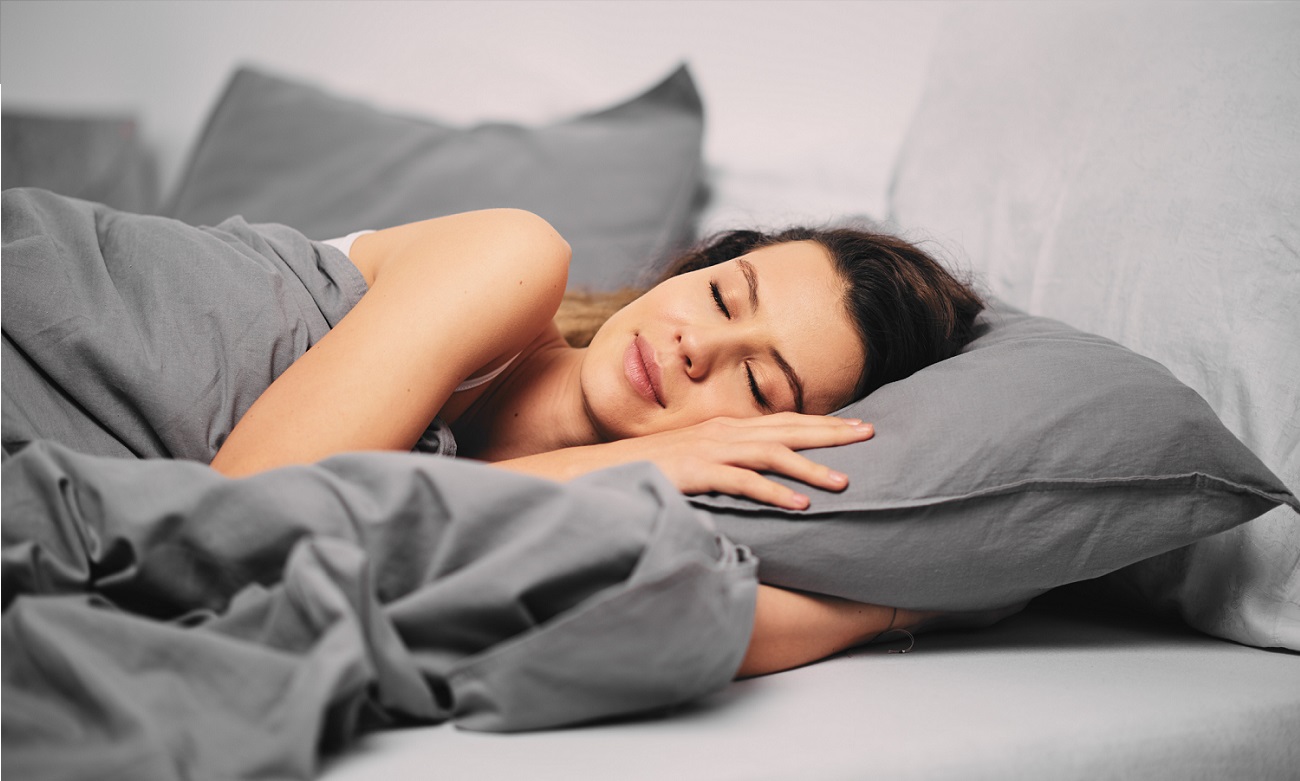Conditions Treated | Idiopathic Hypersomnia
What is Idiopathic Hypersomnia?
Idiopathic hypersomnia (IH) is a sleep disorder characterized by excessive daytime sleepiness (EDS) that persists even after a full night of sleep. Unlike other sleep disorders, such as narcolepsy, idiopathic hypersomnia causes constant, overwhelming fatigue and an uncontrollable need to sleep during the day. People with IH often experience prolonged periods of sleep, but still wake up feeling unrefreshed, which can significantly impact daily functioning and overall quality of life.
Symptoms of Idiopathic Hypersomnia
The primary symptoms of idiopathic hypersomnia include:
- Chronic excessive daytime sleepiness (EDS): Individuals with IH feel extremely fatigued throughout the day and may struggle to stay awake during regular activities, even after a full night of sleep.
- Prolonged nighttime sleep: People with IH may sleep for 10 hours or more each night, but still feel tired and groggy upon waking up.
- Difficulty waking up: A common symptom is sleep inertia, a feeling of grogginess and confusion that can persist for a long time after waking up.
- Unrefreshing naps: Napping may not help alleviate sleepiness, and individuals may still feel fatigued after a nap.
- Cognitive impairment: Difficulty with memory, concentration, and “brain fog” are common challenges for those with idiopathic hypersomnia.
What Causes Idiopathic Hypersomnia?
The cause of idiopathic hypersomnia is not fully understood, and the disorder is often considered idiopathic (without a known cause). However, research suggests that it may involve issues with the brain’s regulation of sleep-wake cycles. Neurotransmitter imbalances—specifically those that control wakefulness—could play a role in the development of IH.
Idiopathic hypersomnia is different from other sleep disorders like sleep apnea or narcolepsy, as it is not related to breathing interruptions during sleep or sudden sleep attacks. Genetic, environmental, and potentially autoimmune factors may contribute to the development of this condition.
Diagnosing Idiopathic Hypersomnia
Diagnosing idiopathic hypersomnia typically involves:
- Polysomnography: An overnight sleep study to rule out conditions like sleep apnea or other sleep-related disorders.
- Multiple sleep latency test (MSLT): This test measures how quickly an individual falls asleep during the day and helps determine the severity of excessive sleepiness.
- Detailed sleep history: A thorough review of sleep patterns and daily functioning helps healthcare providers assess the extent of the disorder and confirm a diagnosis of idiopathic hypersomnia.
Treatment for Idiopathic Hypersomnia
While there is no cure for idiopathic hypersomnia, several treatments can help manage its symptoms and improve daily life. Common treatment approaches include:
- Wake promoting medications
- Sodium oxybate: This medication is used in more severe cases to help improve both nighttime sleep quality and daytime alertness.
- Lifestyle adjustments: Sticking to a consistent sleep schedule, avoiding caffeine late in the day, and taking brief naps throughout the day may help control symptoms of idiopathic hypersomnia.
Why Is It Important to Treat Idiopathic Hypersomnia?
If left untreated, idiopathic hypersomnia can negatively affect many aspects of life. The constant daytime sleepiness can interfere with work, school, relationships, and overall well-being. Additionally, untreated IH increases the risk of accidents, particularly when driving or operating machinery. Seeking treatment early can help reduce symptoms, improve daily functioning, and enhance overall quality of life.
